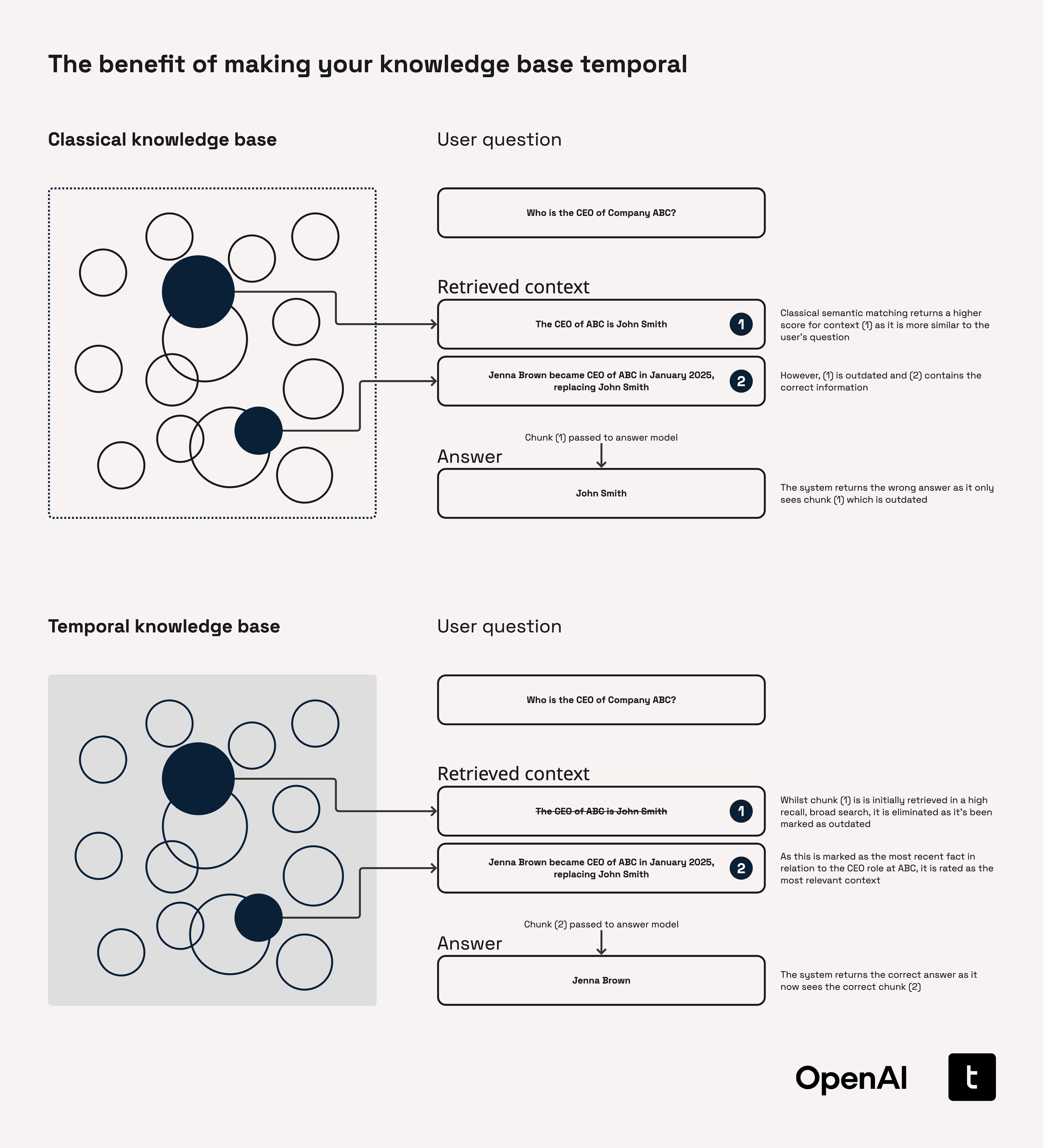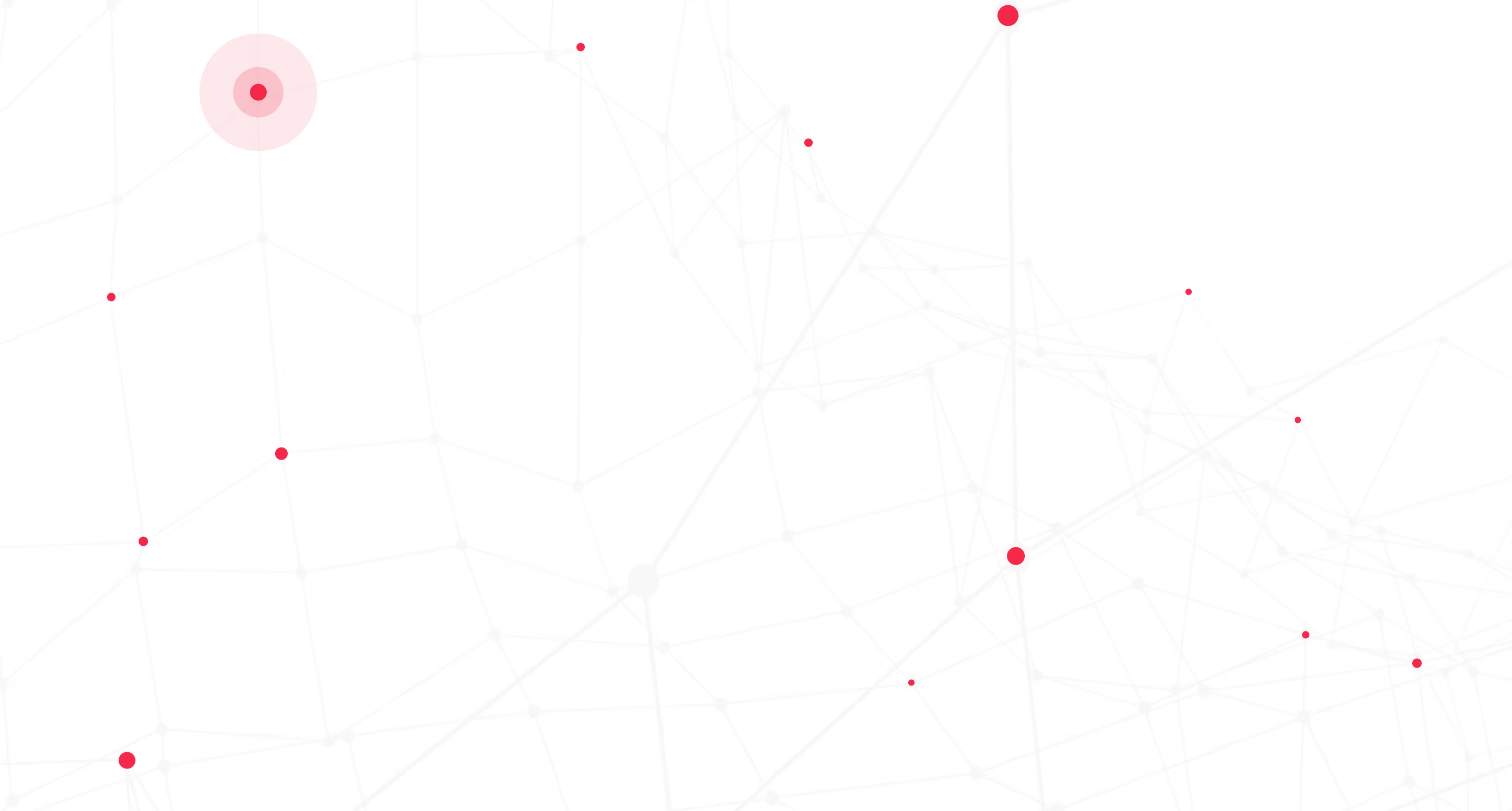Announcing Raphtory v0.16.0: Core Refinements, Metadata, and Major Performance Boosts


We are excited to announce the release of Raphtory v0.16.0. This is a foundational update focused on refining the core concepts of the platform, leading to a more intuitive API, clearer graph semantics, and massive performance improvements, especially for GraphQL users.
This release overhauls fundamental aspects of Raphtory to pave the way for more powerful features in the future. Let's explore these important changes.
🚀 Headline Feature: Separating Properties and Metadata
The most significant change in this release is a complete separation of temporal properties from constant properties, which are now known as metadata. Previously, the API for these concepts overlapped, which could lead to unexpected behavior.
Now, constant, unchanging attributes of a node or edge are accessed via .metadata, while time-series properties remain under .properties. For example, node.properties.constant.get("...") is now simply node.metadata.get("..."). This change makes the API cleaner, your code more explicit, and the distinction between evolving and static data crystal clear.
🔬 Time Semantics Overhaul
We have performed a major overhaul of time semantics within Raphtory to provide more accurate and intuitive temporal analysis.
- Explicit Updates: The system now distinguishes between a node being updated directly versus being created implicitly by an edge. This allows for much finer-grained filtering.
- Smarter Filtering: Filtering edges can now correctly filter out nodes that only exist because of those edges.
- Clearer
is_activevsis_valid: For persistent graphs, we've clarified the distinction:is_activemeans an update occurred in the query window, whileis_validmeans the entity's latest state is an addition.
⚡️ Massive Performance and GraphQL Upgrades
This release brings a dramatic boost to query performance and the power of our GraphQL integration.
- 100x Faster GraphQL Server: We have optimized the server internals, resulting in over 100x faster queries in our internal benchmarks. We've also enabled compression by default.
- New Raphtory CLI: A new command-line interface is now installed with the Python package. You can use it to easily start a server or, more importantly, generate the GraphQL schema (
raphtory-graphql schema) without needing to run a server first. - New APIs: We've introduced powerful new capabilities, including edge filtering on the
PersistentGraphand the ability to negate filters (e.g.,filter.Not(...)).
💥 Breaking Changes
This is a foundational release with several important breaking changes you need to be aware of:
- Metadata API: As mentioned, you must update all code that accesses constant properties to use the new
.metadataattribute. - Time Semantics: Queries that rely on the old time behaviors, especially concerning
latest_timeor how nodes were filtered based on edges, may produce different results and should be reviewed. - Python Filter API: The old
Prop("name")API for property filters has been removed. You should now use thefilter.Property("name")expression.
Other Notable Improvements
- Indexes: Raphtory's powerful indexes can now be saved to and loaded from disk, persisting them across sessions.
- Python: We have removed unneeded Python dependencies and relaxed the NumPy version requirement, making installation lighter and more flexible.
- Bug Fixes: This release fixes issues related to layers, parquet reading, and various GraphQL edge cases to create a more stable and reliable experience.
Get Started with v0.16.0 Today!
While v0.16.0 focuses more on core improvements than flashy new features, these changes are critical for the stability, performance, and long-term vision of Raphtory. The refined APIs and performance boosts create a much stronger foundation for all your graph analysis needs.
For a complete list of all changes, please review the full release notes on GitHub.
As always, we welcome your feedback. Happy analyzing!

You might also like
Discover insights and tools for data analysis.

The Missing Link for AI Agents: Why a Native Temporal Graph is Non-Negotiable

Holistic Network Analysis Over Time

Reduce False Positives

Unlock Your
Data's Potential
Discover how our tool transforms your data analysis with a personalized demo or consultation.